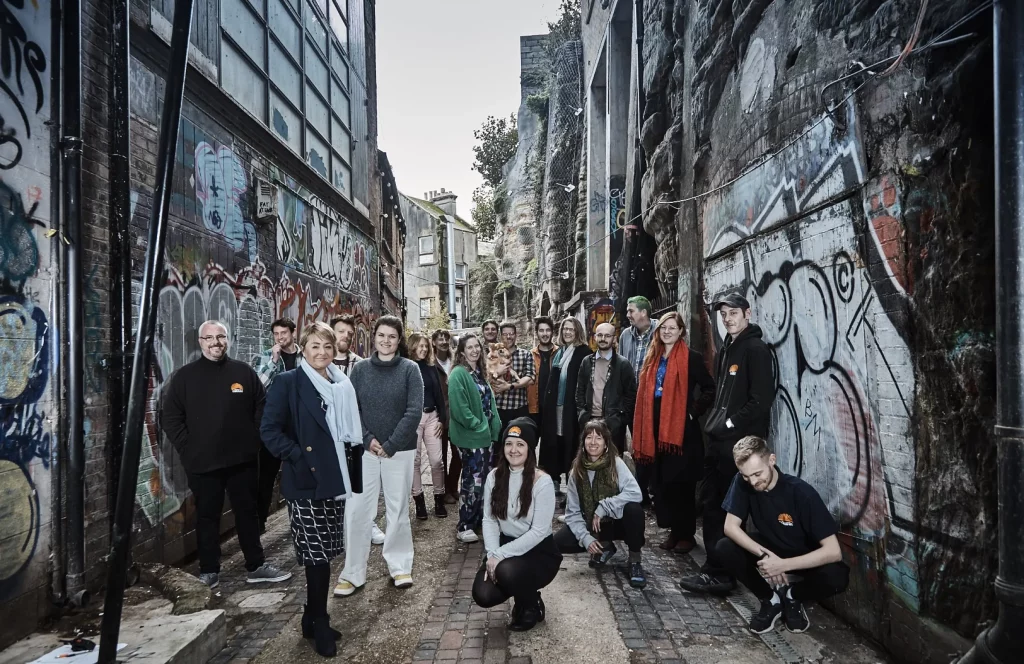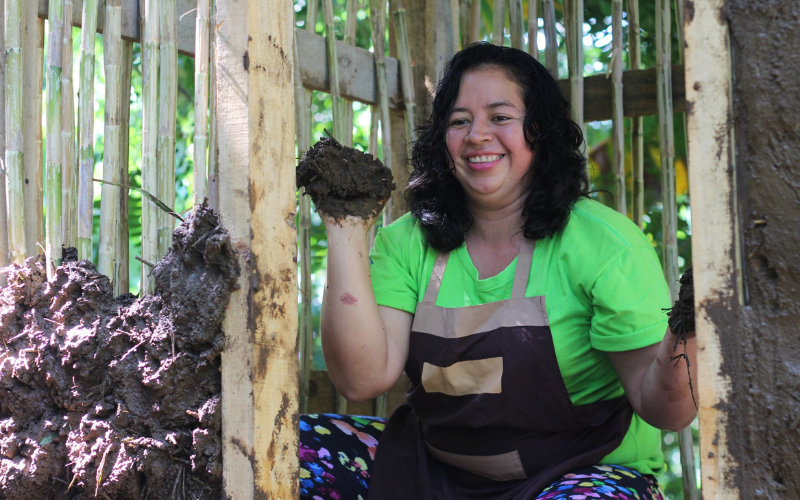Curitiba, a city of 1.6m in southern Brazil, is known worldwide as a model of sustainable urban planning. With a modest annual budget of $1bn, the city has created affordable housing, efficient public transport, and effective waste management, all while fostering a strong sense of community and citizenship.
Curitiba’s transformation began in the 1960s when young architects developed the 1966 Master Plan, prioritising the environment and residents’ needs over expensive, showy projects. Housing was central to this plan. The city’s housing agency (COHAB-CT) works with the urban planning institute (IPPUC) to provide low-cost, high-quality homes. Instead of large housing blocks, Curitiba builds small, well-integrated neighbourhoods with schools, health centres, and day-care facilities. Funding comes partly from a Municipal Housing Fund, which collects levies from private developers. Innovations like the “Technological City” test new low-cost building methods, while “Villages of All Trades” combine homes and workplaces.
Curitiba’s bus-based public transport system is its most famous achievement. Dedicated bus lanes, large articulated buses, and an efficient network move over 70% of daily passengers, reducing traffic, pollution, and transport costs.
The city is also a global leader in recycling. Two-thirds of its waste is recycled, with programmes that let poor families exchange trash for food or bus tickets. Recycling plants provide jobs for people with disabilities and former addicts.
Education and social programmes strengthen the city’s sense of belonging. Brightly painted “lighthouse” libraries, street educators for homeless children, and neighbourhood cultural centres called “Citizenship Streets” bring services and community activities to residents.
Through creative planning, citizen involvement, and strong local leadership, Curitiba has built a sustainable city that improves daily life for its people and serves as a global example of urban innovation.








